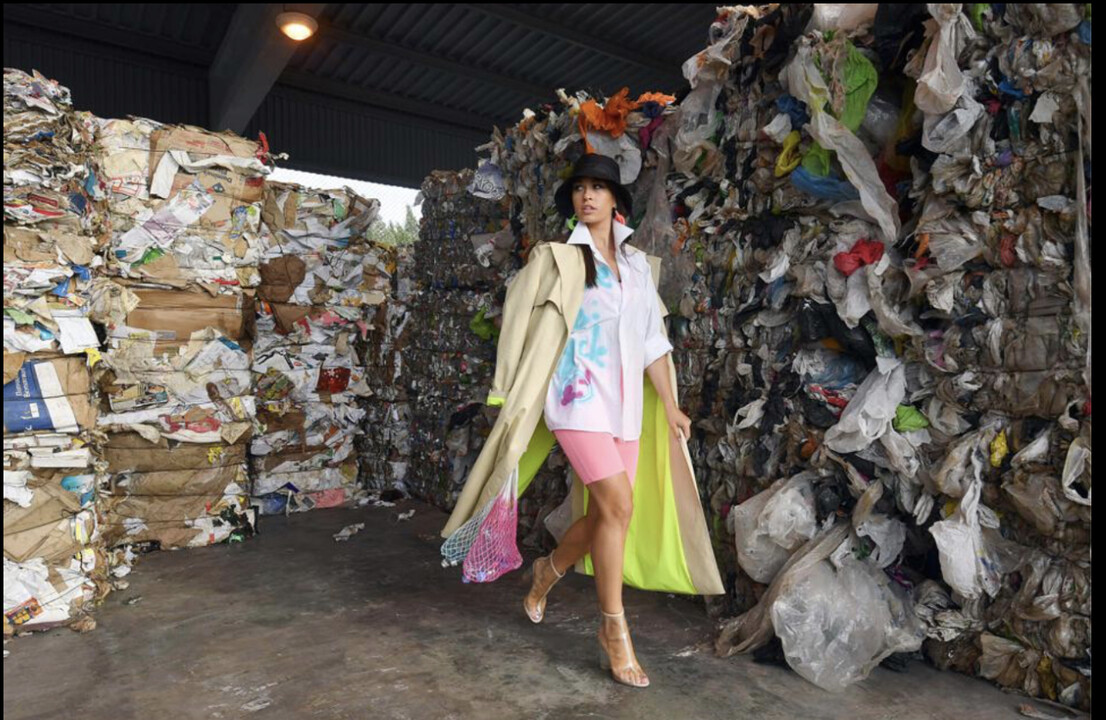What is fast fashion doing to our environment in 2024?
In the labyrinth of the fashion industry, the surge of fast fashion has undeniably transformed the way we consume clothing. However, this shift towards rapid production cycles and disposable trends has cast a pervasive shadow on our environment.
Building upon the insights from a 2018 Quantis report, we aim to unveil the hidden environmental costs of fast fashion and explore the profound impact this cultural shift has on our planet.
Fast Fashion: A Double-Edged Sword
The attractiveness of fast fashion lies in its ability to quickly bring runway trends to mass-market consumers at an affordable price. However, the flip side of this accessible fashion is an ecological toll that extends beyond our immediate awareness. A whopping 10% of the global carbon emission is said to be a direct result of the fashion & apparel industry according to the Business Insider.
Overconsumption and Resource Exploitation
The demand for fast fashion fuels excessive resource consumption, with the fashion industry being one of the largest consumers of water and energy. The production of fabrics, particularly water-intensive cotton, contributes to resource depletion and environmental strain. The rush to meet consumer demands for the latest trends further amplifies the industry's carbon footprint.
In the swimwear industry, we can utilise more sustainable fabrics such as Econyl which does not require the same petroleum use in the production process. Read more about how sustainable Econyl can be compared to Nylon fabrics.
Textile Waste: The Unseen Aftermath
The "wear it once" clothing culture perpetuated by fast fashion contributes to a staggering amount of not only textile wast, but an internal conflict between seeking individuality and remaining trendy.
Discarded clothing, often composed of synthetic fibers with a slow decomposition rate, accumulates in landfills, creating long-lasting environmental issues. The pervasive use of materials like polyester exacerbates the problem, as they can take centuries to break down, leaving a lasting imprint on the environment.
This has a profound impact on developing countries such as India, China, Bangladesh and Vietnam according to this article written by McKenna Osborne.
Image of a model walking through a landfill inspired runway. Forbes, Viktor Drachev
Chemical Pollution and Its Ripple Effect
The fast fashion industry's reliance on toxic chemicals for fabric dyeing and finishing processes poses a significant threat to the environment, making up 36% of the fashion industries global pollution according to the 2018 Quantis report.
These chemicals find their way into water systems, causing pollution that harms aquatic ecosystems. The ramifications of chemical runoff extend beyond water bodies, affecting soil quality and endangering both wildlife and human communities.
The Social Impacts: A 2018 Quantis Report
The 2018 Quantis report, sheds light on the social ramifications of fast fashion. It reveals that the industry often prioritises profits over human welfare, leading to detrimental working conditions and labor exploitation. Workers, particularly in developing countries, face low wages, long hours, and hazardous environments as they toil to meet the insatiable demand for cheap and trendy garments. And even today in 2024, there is a number of garment factories using child labour to fuel the fast fashion industry according to this article posted by the Journal of Global Business.
A Call for Consumer Awareness and Accountability
Understanding the intricate relationship between fast fashion and its environmental impact is a critical step in breaking the cycle of ecological degradation. As consumers, we hold the power to reshape the narrative by making informed choices and demanding transparency from the brands we support.
At Pinksalt we do not support fast fashion and would much prefer you to invest into quality made garments, made in fair working conditions that will last you years to come.
A New Narrative: Timeless, Conscious, and Harmonious with Nature
As we navigate the complex landscape of the fashion industry, envisioning a future where fashion aligns with our values is paramount. Let us strive for a timeless, conscious, and harmonious relationship with clothing—one that resonates with both personal style and environmental responsibility. By embracing mindful consumption, supporting sustainable practices, and advocating for industry accountability, we can collectively pave the way towards a sustainable tomorrow.

